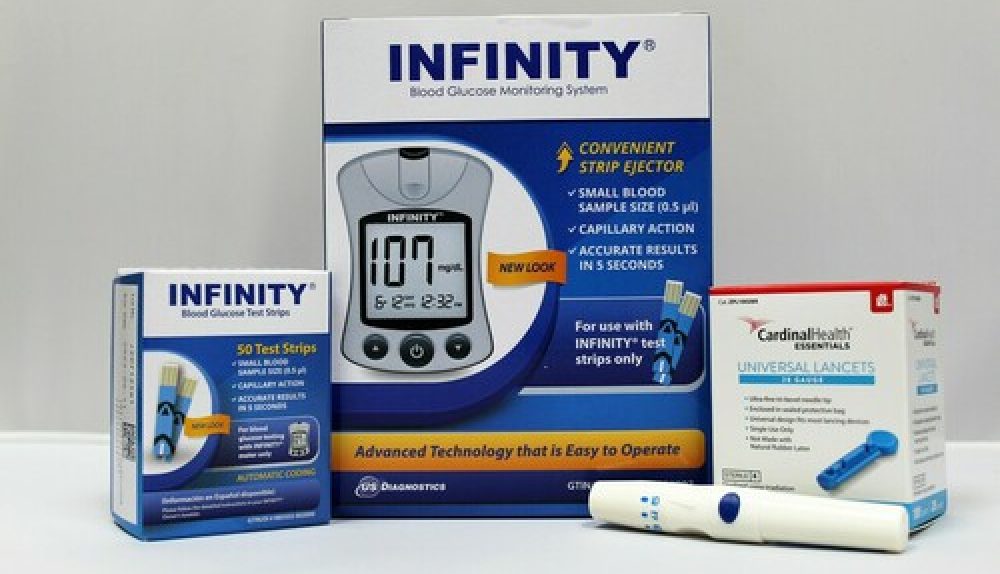Contrary to certain chronic illnesses, treating diabetes is very difficult. People must drastically alter their diets and exercise routines, as well as develop new behaviors around medication adherence and glucose monitoring. People with diabetes must closely check their bodies for physical symptoms and indicators of decline in addition to each of these everyday habits. Less than 50% of patients follow their treatment plans because these behavioral adjustments are so challenging for people to adopt, which contributes to the more than 75,000 deaths from diabetes each year.

Testing your blood sugar, often known as your glucose levels, is simple with diabetes test strips. For those who have diabetes, this is crucial. Your blood sugar levels can be “read” with the strips and glucose meters. Knowing your blood sugar levels makes it easier to control your condition. For managing diabetes, blood sugar testing offers helpful information. Your benefit from it is that: Keep an eye on how your blood sugar is affected by your diabetic meds. Recognize high or low blood sugar levels.
If you routinely check your blood sugar at home, glucose testing strips or glucometer test strips become a need. These strips are attached to the device on one end and collect a drop of blood on the other end, allowing the glucometer device to display the blood sugar level right away on the screen. Go ahead! And buy diabetes test strips to claim the marvelous and mind-blowing benefits and advantages of the top-notch diabetic testing strips for sale.


